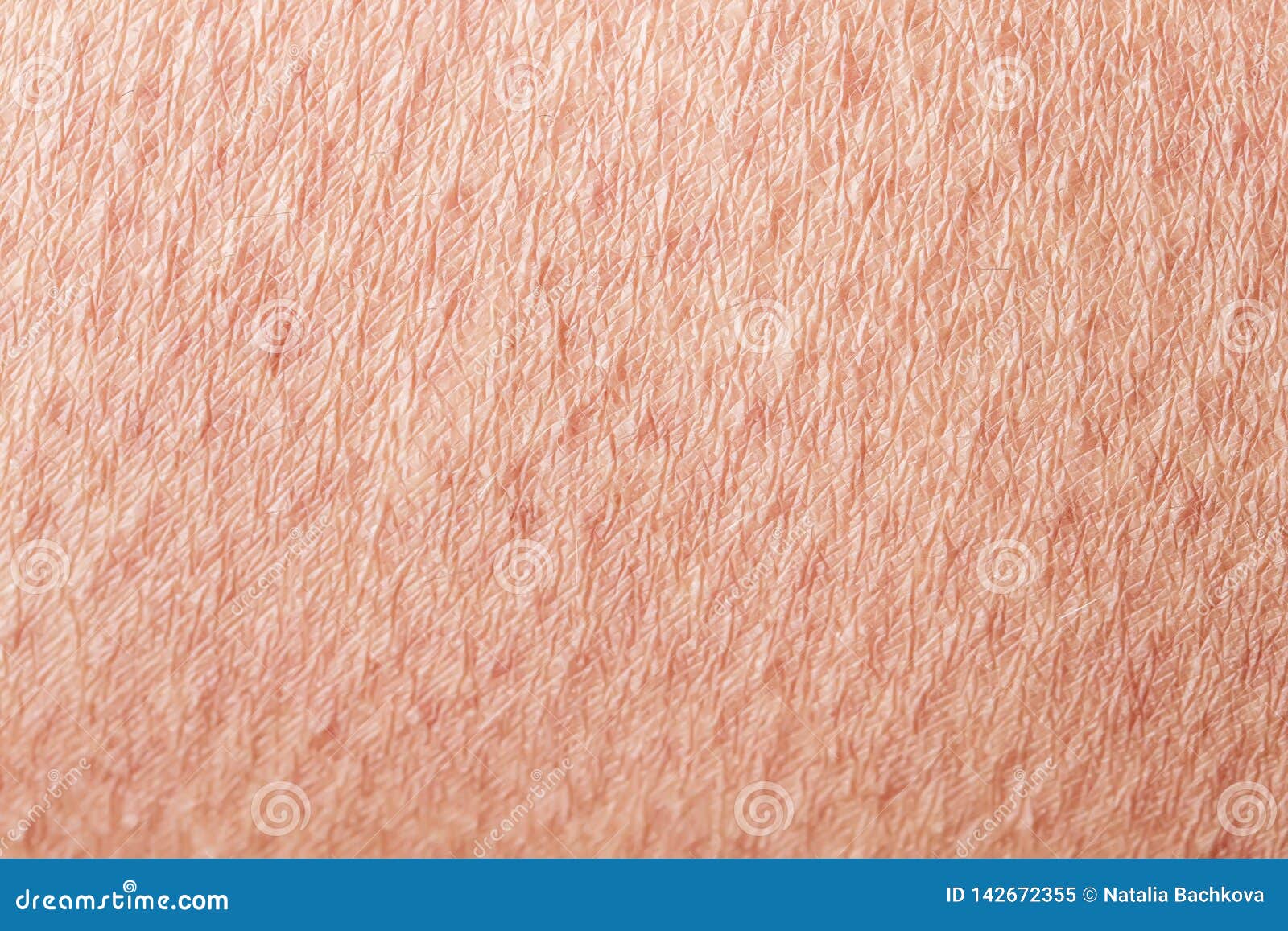Leathery Dry Skin: Lichenification – Pictures, Symptoms, and Treatment
What is lichenification? What are the symptoms of lichenified skin? How can lichenification be treated? Get the answers to these questions and more in this detailed guide.
Understanding Lichenification: Definition and Causes
Lichenification is a condition where the skin becomes thick and leathery in appearance. This is typically caused by prolonged scratching or rubbing of the skin. When an area of skin is constantly irritated, the skin cells begin to grow and thicken, leading to an exaggeration of the normal skin markings like cracks, wrinkles, and scales. This gives the skin a bark-like or leathery texture, which is the hallmark of lichenification.
The most common cause of lichenification is lichen simplex chronicus, also known as neurodermatitis. This is a patch of skin that has become lichenificated due to chronic, severe itching. The itching can be caused by a variety of underlying conditions, such as atopic dermatitis, contact dermatitis, eczema, psoriasis, or even bug bites. In some cases, the itching may be related to anxiety, stress, or obsessive-compulsive behaviors that involve repetitive scratching or rubbing of the skin.

Symptoms of Lichenified Skin
The primary symptoms of lichenified skin include:
- A chronically itchy patch or patches of skin
- Thick, leathery skin texture
- Scaly, bark-like appearance
- Raised, reddish or darkened patches of skin
Diagnosing Lichenification
Your doctor can usually diagnose lichenification through a physical examination, where they will look for the characteristic signs and symptoms, such as the thickened, leathery texture of the skin. If the cause of the lichenification is not immediately clear, your doctor may order additional tests, such as a skin biopsy or a neurological exam, to identify the underlying condition.
Treating Lichenified Skin
The primary goal in treating lichenification is to address the underlying cause of the itching and scratching, and to break the cycle of itching and scratching that perpetuates the condition. Some of the common treatment approaches include:
Topical Medications
Topical corticosteroid creams or ointments, such as fluticasone propionate, have been shown to be effective in treating lichenification. These medications can help reduce inflammation and itching, and promote healing of the thickened skin.

Oral Medications
Prescription-strength allergy medications, antihistamines, and anti-anxiety drugs may also be used to help manage the underlying conditions that are contributing to the lichenification.
Over-the-Counter Treatments
For milder cases, over-the-counter products like corticosteroid creams, anti-itch creams, and soothing moisturizers may be sufficient to manage the symptoms of lichenification.
Other Therapies
In some cases, light therapy, psychotherapy, acupuncture, or acupressure may be used to help address the underlying causes of the lichenification.
Home Remedies for Lichenified Skin
There are also a number of home remedies that can be helpful in managing lichenified skin, such as:
- Avoiding scratching or rubbing the affected area
- Wearing soft, loose-fitting clothing to prevent irritation
- Using gentle, fragrance-free moisturizers to keep the skin hydrated
- Applying cool compresses or taking cool baths to soothe itching
- Practicing stress-reduction techniques to manage any underlying anxiety or obsessive behaviors
Preventing Lichenification
The best way to prevent lichenification is to address the underlying cause of the itching or skin irritation before it leads to excessive scratching or rubbing. This may involve treating the underlying skin condition, managing stress and anxiety, or breaking any compulsive scratching or rubbing habits.
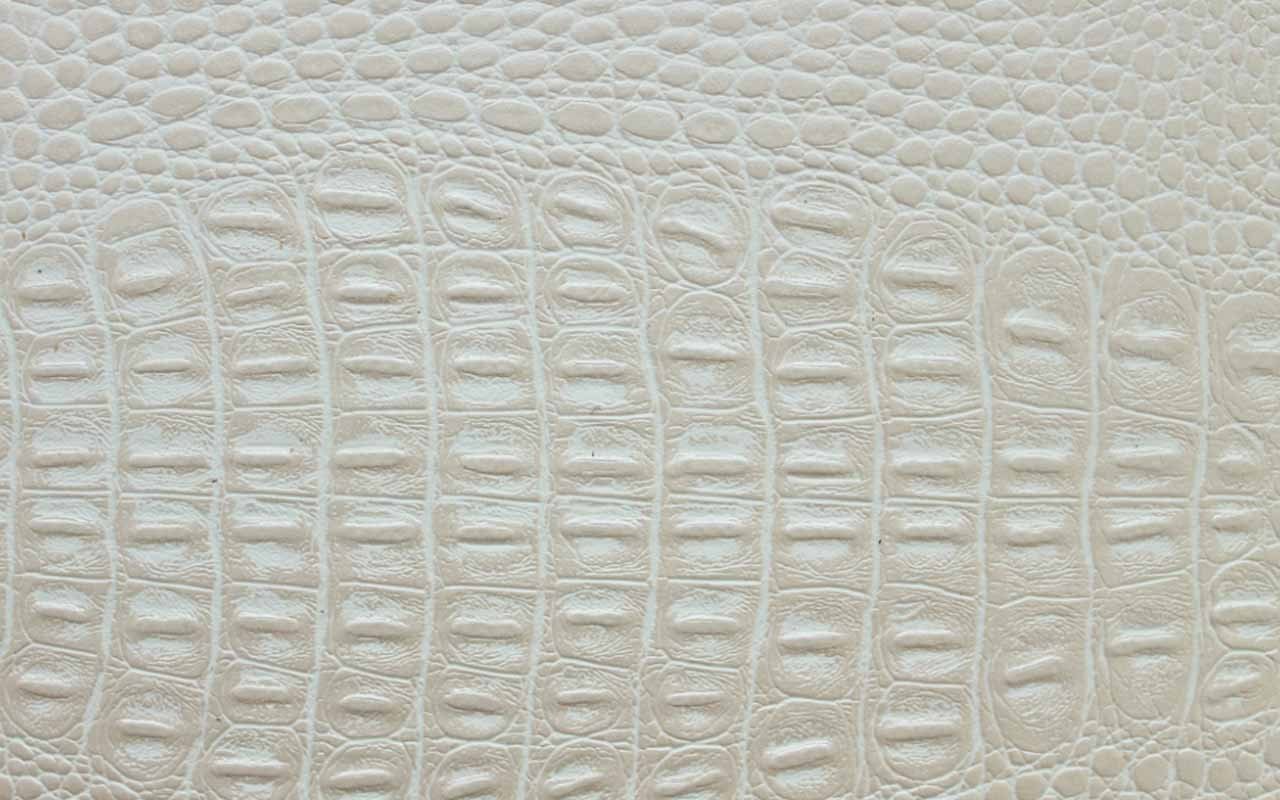
Conclusion
Lichenification is a condition that can develop when the skin is constantly scratched or rubbed, leading to a thickened, leathery texture. While it can be a frustrating and persistent problem, there are a variety of effective treatment options available, from topical medications to home remedies. By addressing the underlying cause of the itching and breaking the cycle of scratching, it is possible to effectively manage and resolve lichenified skin.
Lichenification: Pictures, Symptoms, and Treatment
Lichenification is when your skin becomes thick and leathery. This is usually a result of constant scratching or rubbing. There are many treatment options, from wearing gloves to medications and light therapy.
When you continually scratch an area of skin or it is rubbed for a prolonged period of time, your skin cells begin to grow. This leads to a thickening of the skin and an exaggeration of normal skin markings — such as cracks, wrinkles, or scales — that gives your skin a leathery or bark-like appearance. This is called lichenification.
Lichen simplex chronicus, which is also known as neurodermatitis, is a patch of skin that’s been lichenificated. Lichen simplex isn’t a primary condition or disease, but rather a result of some underlying cause.
The underlying cause is typically severe, chronic (long-term) itching, but is sometimes related to trauma to the skin, or severe anxiety or obsessive-compulsive behavior such as scratching or rubbing the skin over long periods of time.
Lichen simplex is an area where rubbing the skin is constant or related to skin trauma, but most often involves an extremely itchy patch of skin that you can’t help scratching.
The itchiness or rubbing can be nonstop or intermittent. Scratching may become so habitual that you even do it in your sleep.
Symptoms include:
- a chronically itchy patch or patches of skin
- thick, leathery skin
- scaly, bark-like skin
- raised patch or patches of skin that are red or dark
Repetitive scratching is one cause of lichenification.
People scratch for many reasons. It may begin with a small irritation of the skin, like a bug bite. Or it may be the result of a chronic skin condition. Either way, lichenification can get progressively worse without treatment.
Lichenification most often results from a terrible cycle of itching and scratching, wherein scratching makes the itchiness worse. This causes you to scratch more. And the more you scratch, the worse your lichen simplex will get.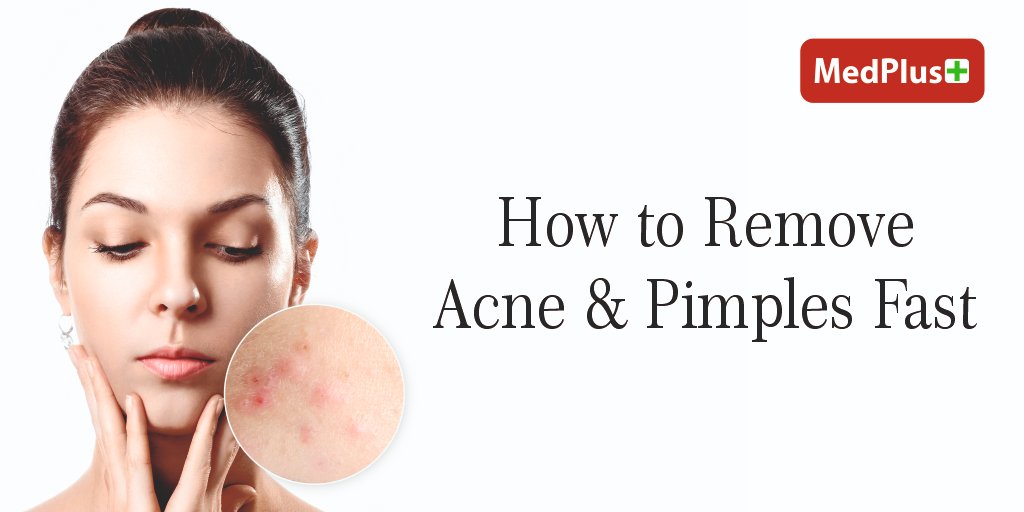 Check out some tips for getting rid of the itch.
Check out some tips for getting rid of the itch.
Rubbing of the skin is another cause of lichenification. This can be due to a trauma that harshly rubbed the skin or severe anxiety or obsessive-compulsive behavior that may entail rubbing (or scratching) the skin over long periods of time.
Conditions that lead to lichenification include:
- atopic dermatitis
- contact dermatitis
- eczema
- psoriasis
- bug bites
- dry skin
- stress
- anxiety disorders
- obsessive-compulsive disorder
- skin trauma
Your doctor can usually diagnose lichen simplex by performing a physical examination. They’ll look for the characteristic signs and symptoms, such as skin thickening and a leathery texture.
If you and your doctor don’t know what’s causing the lichenification, or the itchiness, some further tests may be necessary. This may include a skin biopsy or a neurological exam.
There are a variety of treatments used for lichenification. These include the following:
These include the following:
Fluticasone propionate
Traditionally, treatment approaches for lichenification have focused on treating itchiness and reducing scratching by addressing the underlying cause of the problem, such as atopic dermatitis or psoriasis.
But 2015 research suggests that there’s a quicker way to treat lichenification effectively.
The journal article reviewed three atopic dermatitis studies that were similar in design. Two of the studies involved the topical application of fluticasone propionate cream or ointment, one to two times daily. The third was a placebo control trial.
All the study participants applying fluticasone propionate saw improvements to their lichenification within the first week. After four weeks, up to 80 percent of participants showed no, very mild, or mild lichenification.
These results are significant and suggest that the best way to treat moderate to severe lichenification is with a topical fluticasone propionate ointment. You’ll need a doctor’s prescription for fluticasone propionate.
You’ll need a doctor’s prescription for fluticasone propionate.
Other prescription drugs
Other prescription drugs used to treat lichenification include:
- corticosteroid creams
- corticosteroid injections directly into the affected skin
- prescription-strength allergy drugs and antihistamines
- anti-anxiety medications
Over-the-counter (OTC) treatments
You may be able to effectively treat lichenified skin using OTC products. These include:
- corticosteroid creams, such as Cortizone 10
- anti-itch creams
- antihistamines like Benadryl
- soothing moisturizers
- camphor and menthol topical creams, such as Men-Phor and Sarna
Therapies
Some therapies may be effective in resolving itching and lichenification due to underlying conditions. These include:
- light therapy
- psychotherapy
- acupuncture
- acupressure
Home remedies
There are a number of things you can try at home.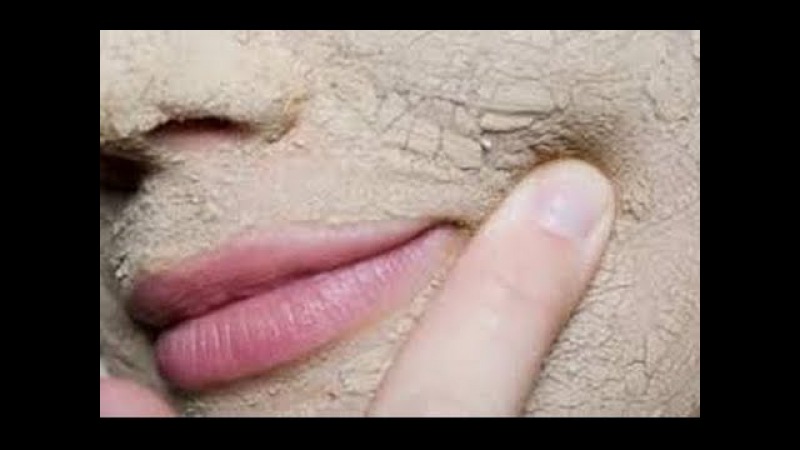 These home remedies are aimed to either keep common causes of itching at bay or prevent you from scratching.
These home remedies are aimed to either keep common causes of itching at bay or prevent you from scratching.
Scratching makes lichenification worse and increases itchiness. The best thing you can do is force yourself to break the cycle.
- Try wearing gloves while you sleep. A thin pair of gloves, like those meant for moisturizing, may prevent you from causing damage while you’re asleep.
- Cover affected patches of skin. Use Band-Aids, bandages, gauze dressings, or anything else that will make it more difficult for you to scratch.
- Keep your nails extra short. Short, smooth nails will do less damage. Try using a nail file to round out the corners of your nails.
- Apply cool, wet compresses. This may soothe skin and help medicated creams soak into the skin more effectively. You can make your own cool compress at home.
- Use gentle, fragrance-free products. Try gentle perfume-free soaps, unscented moisturizers, and fragrance- and dye-free laundry detergents.

- Take warm oatmeal baths. Make sure your baths are warm but not hot, since hot water can dry skin. Add uncooked oatmeal or colloidal oatmeal powder. Here’s how to make your own oatmeal bath.
- Avoid anything that triggers itchiness, including stress. Here are some tips for reducing stress.
Lichenification of the skin can be very uncomfortable. The itchiness might be intense, but scratching will only make it worse.
Overall, the outlook is good and the condition is often temporary. Research suggests that lichenification can be treated quickly and effectively with a topical fluticasone propionate ointment.
Treating the underlying cause may be necessary to prevent future recurrences. Talk to your doctor about developing a treatment plan. In the meantime, there are many things you can do at home to treat the symptoms of lichenification and prevent it from getting worse.
Neurodermatitis – Symptoms and causes
What is neurodermatitis?
Intense itching — and the scratching it causes — lead to the symptoms of neurodermatitis, a common type of eczema that affects about 12% of the population.
Unlike atopic dermatitis, which can be widespread, neurodermitis is usually confined to one or two patches of skin. It rarely goes away without treatment, and continued scratching can irritate nerve endings in skin, intensifying both itching and scratching.
“Extremely itchy patches of skin cause patients to scratch even when they don’t realize it, and just telling them to stop isn’t realistic,” said Dr. Gil Yosipovitch, professor and director of the Miami Itch Center at the Dr. Phillip Frost Department of Dermatology and Cutaneous Surgery at the University of Miami Miller School of Medicine in Florida.
Yosipovitch, who has used brain imaging to study the urge to scratch in patients with chronic itching, explained that scraping at the skin lights up the brain’s reward center.
“In some sense, scratching is pleasurable, not that you want to do it, but that it provides relief and satisfaction,” he said. “This helps explain why it can become a habit that often happens unconsciously, and why this itch-scratch cycle is hard to break. ”
”
Over time, chronic scratching causes itchy patches of skin to become dry, leathery and thickened. This is called lichenification, and neurodermatitis is also known as lichen simplex chronicus.
Symptoms of neurodermatitis
Neurodermatitis can occur anywhere you can reach to scratch, but is most common on the feet, ankles, hands, wrists, elbows, shoulders, neck and scalp. The eyelids can also be affected, as can genital and anal areas.
Itching can come and go or be active all the time. “People often feel itchiest when they’re relaxing or trying to sleep, or when they’re stressed or anxious,” said Yosipovitch.
Thick, leathery patches of neurodermatitis can develop pronounced skin lines, scales and discoloration that’s often red, brown or gray. Scratching can cause open wounds that bleed, infection, scabbing and scarring. Over time, scratching scalp patches can cause hair loss.
Quality of life can also suffer, and itching can disrupt sleep and interfere with sexual function, Yosipovitch said.
Who gets neurodermatitis and why
Neurodermatitis is most common in adults between 30 and 50 years of age and occurs more often in women and people with contact dermatitis and atopic dermatitis. It’s rarely diagnosed in children, although a few with atopic dermatitis also develop neurodermatitis.
Psoriasis and anxiety disorders increase risk. “Research and clinical experience suggest certain personality types are more prone to developing neurodermatitis,” said Yosipovitch. “These include having stronger tendencies to conform or be a ‘people pleaser,’ to hold in emotions, or to be excessively dutiful.”
Neurodermatitis can also be triggered by tight clothing (particularly when made from wool or synthetic fabric), bug bites, nerve injury and dry skin.
Treating neurodermatitis
Treatment for neurodermatitis is aimed at healing skin and ending the itch-scratch cycle.
Dermatologists often use corticosteroids to help calm inflammation and itch and soften thickened skin. These are usually potent topical steroids, but if the skin is very thick, your dermatologist may inject a steroid into the patch.
These are usually potent topical steroids, but if the skin is very thick, your dermatologist may inject a steroid into the patch.
Non-steroidal topicals such as calcineurin inhibitors and ointments made with salicylic acid can also be used to control itch.
Occlusive treatments that cover the affected area can help control itching and make it harder to scratch. These include applying plastic wrap after putting on topicals or moisturizer or using gauze treated with zinc oxide paste.
Dermatologists may also prescribe medicated patches that contain lidocaine, a numbing agent, and capsaicin, a chili pepper component that helps desensitize the nerve endings causing itching.
Some oral medications can also help stop the urge to scratch, particularly when it happens during sleep. These include prescription antihistamines, which can cause drowsiness, and low doses of anti-anxiety medications.
Certain patients may benefit from counseling or cognitive behavioral therapy to help address anxiety and other emotional issues contributing to the itch-scratch cycle.
“Relaxation techniques such as progressive muscle relaxation, yoga and mindfulness practices can also help curb scratching,” Yosipovitch suggested.
Moisturizing daily, cool compresses or baths with colloidal oatmeal, and wearing loose-fitting, non-irritating clothing can relieve itching, while keeping fingernails short limits damage caused by scratching.
Eucerin: Dry skin | How to help dry body skin
Products
Products
Skin conditions
Skin conditions
Age changes
Problem skin
hyperpigmentation
Dry skin
atopic skin
Hypersensitive and redness-prone skin
Problems with the scalp and hair
Sensitive skin
Sun protection
All products
Product lines
Product lines
Anti pigment
AQUAporin ACTIVE
Atopi Control
DermatoCLEAN
DermoCapillaire
DermoPure
Hyaluron Filler
Hyaluron-Filler + Elasticity
Hyaluron-Filler + Volume-Lift
sun protection
UltraSENSITIVE & AntiREDNESS
UreaRepair
All products
Categories
Categories
For face
Facial cleansing
Day care
night care
Caring for the skin around the eyes
Serums
Lip care
Body skin care
Creams for hands and feet
For bath and shower
Scalp and hair care
For adults and children
Sun protection
All products
Recommendations
Recommendations
Skin conditions
Skin conditions
Problem skin
Age changes
atopic skin
Dry skin
hyperpigmentation
Hypersensitive skin
Problems with the scalp and hair
Sun protection
All articles
About skin
About leather
Skin Basics
Skin care
Indications
All articles
Our research
Our Research
Research Information
our history
Behind the scenes of science
Ingredient catalog
Sustainable development
Sustainability
Sustainable development
Social responsibility
Caring for the planet
Caring for the planet
Alternative testing methods
CO2 problem
Sustainability: logistics and production
Our philosophy
About Anti-Pigment
About Anti-Pigment
Discover the Anti-Pigment line
3 min.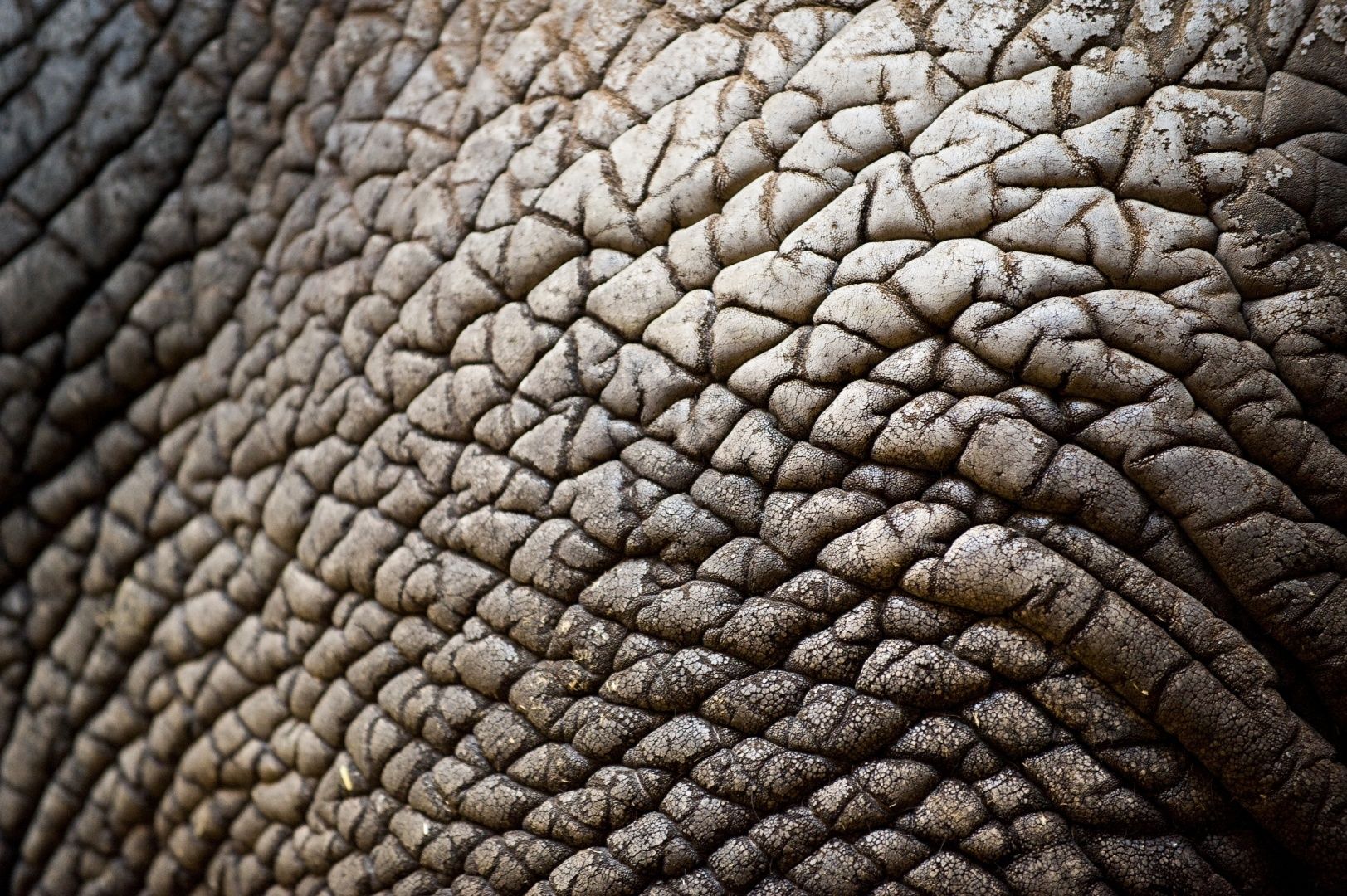 reading
reading
Show more
Signs and symptoms
Dry skin is a very common problem.
Dryness of the skin of the body worsens the course of many skin diseases and is the cause of about 40% of visits to dermatologists. Dryness can occur on any part of the body, but the hands, feet, knees and elbows, as well as the face are most often affected, as these areas are most vulnerable. Dry skin on the face can lead to premature aging.
When the skin of the body becomes extremely dry, symptoms such as flaking, itching, roughness and cracking occur.
Washing your hands frequently also tends to contribute to dry hands.
Dry skin
Dry skin feels tight and rough.
Very dry skin
If the skin continues to lose moisture, flaking and itching appear.
Extremely dry skin
If dryness worsens, the skin may become very rough and crack.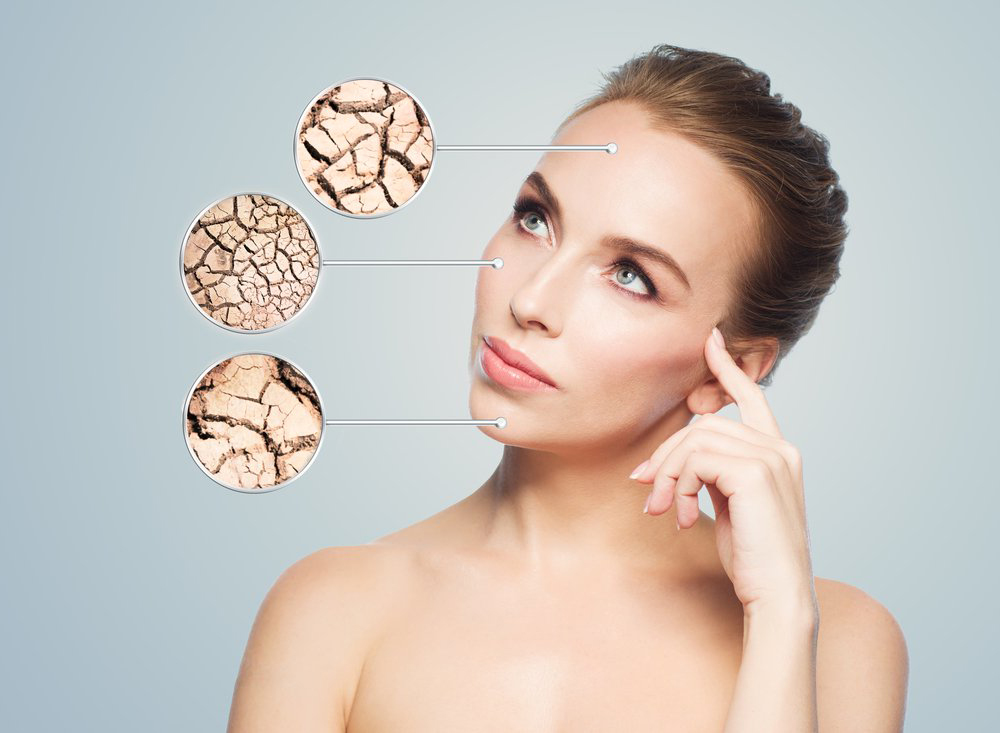 At this stage, pain from cracking also appears.
At this stage, pain from cracking also appears.
Localization
Dry skin on the feet is a particularly common condition that leads to cracking of the skin on the heels. With deep cracks, pain and inflammation may occur.
The skin of the hands is subjected to extreme exposure to detergents and disinfectants that disrupt the skin’s hydro-lipid mantle and natural protective barrier. As a result, the skin becomes dry.
Sensitive skin
Dry skin on the body is often both sensitive, but this sensitivity is not always caused by dryness. Some people have naturally sensitive skin, even if it is well hydrated. In any case, people with dry and/or sensitive skin should avoid skin care products that contain irritants such as fragrances and dyes. It is important to make sure that the product has been dermatologically tested on sensitive skin.
Dry skin and diseases
In diseases such as psoriasis or atopic dermatitis, the skin may look reddened, flaky, and itchy.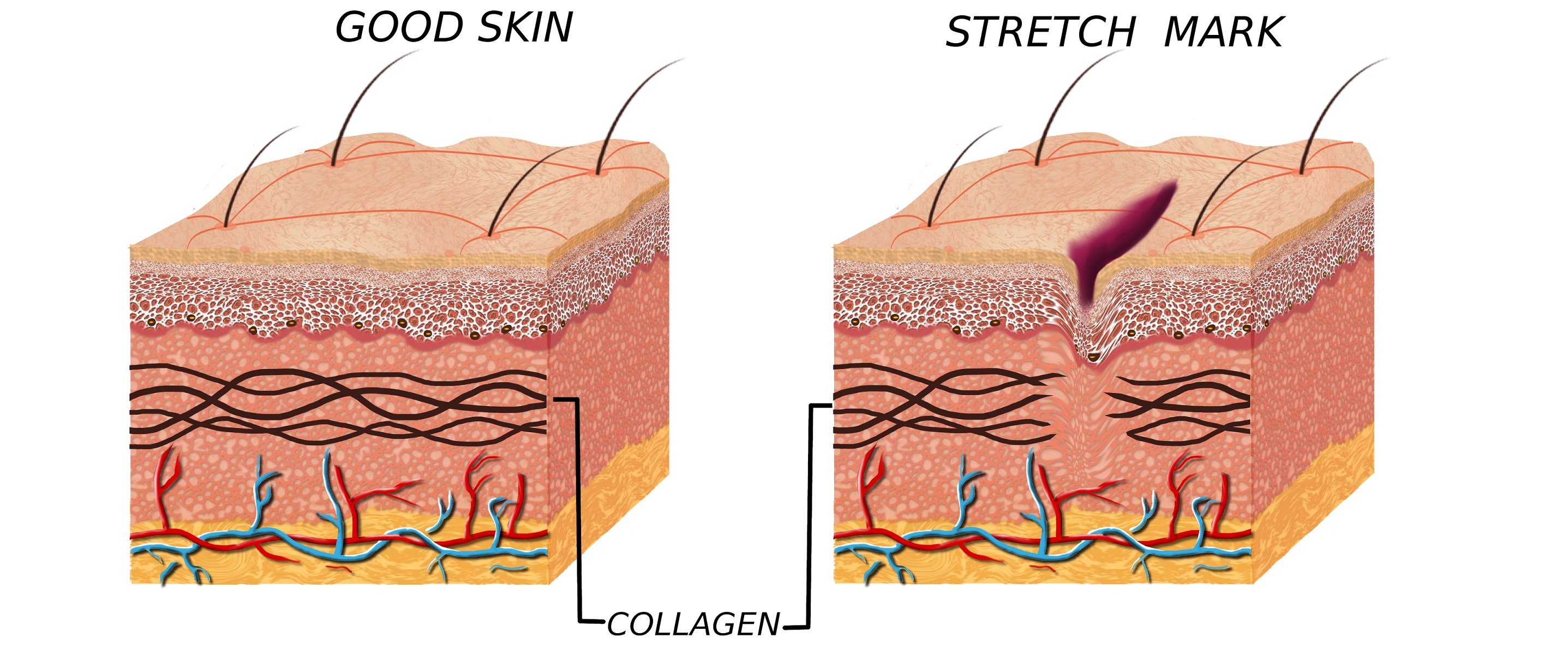
- Xerosis is the medical term for dry skin. It comes from the Greek “xero” which means “dry” and “osis” which means “disease”.
- Atopic dermatitis and psoriasis are also accompanied by dry skin. As a rule, the skin with these diseases looks reddened, flaky and itchy.
- In addition, the risk of dry skin is increased with metabolic diseases such as diabetes and kidney disease.
To determine the causes of dry skin and if symptoms worsen, we recommend that you seek advice from a dermatologist.
Recommendations
Dry skin care tips
Instead of wiping damp skin dry with a towel, simply pat it dry and then immediately apply a moisturizer or lotion.
Dry body cleansing
Most often, the skin becomes dry due to a violation of the natural lipid barrier. Alkaline cleansers strip away the skin’s hydro-lipid mantle, so it’s important to choose pH-neutral or slightly acidic cleansers to preserve it.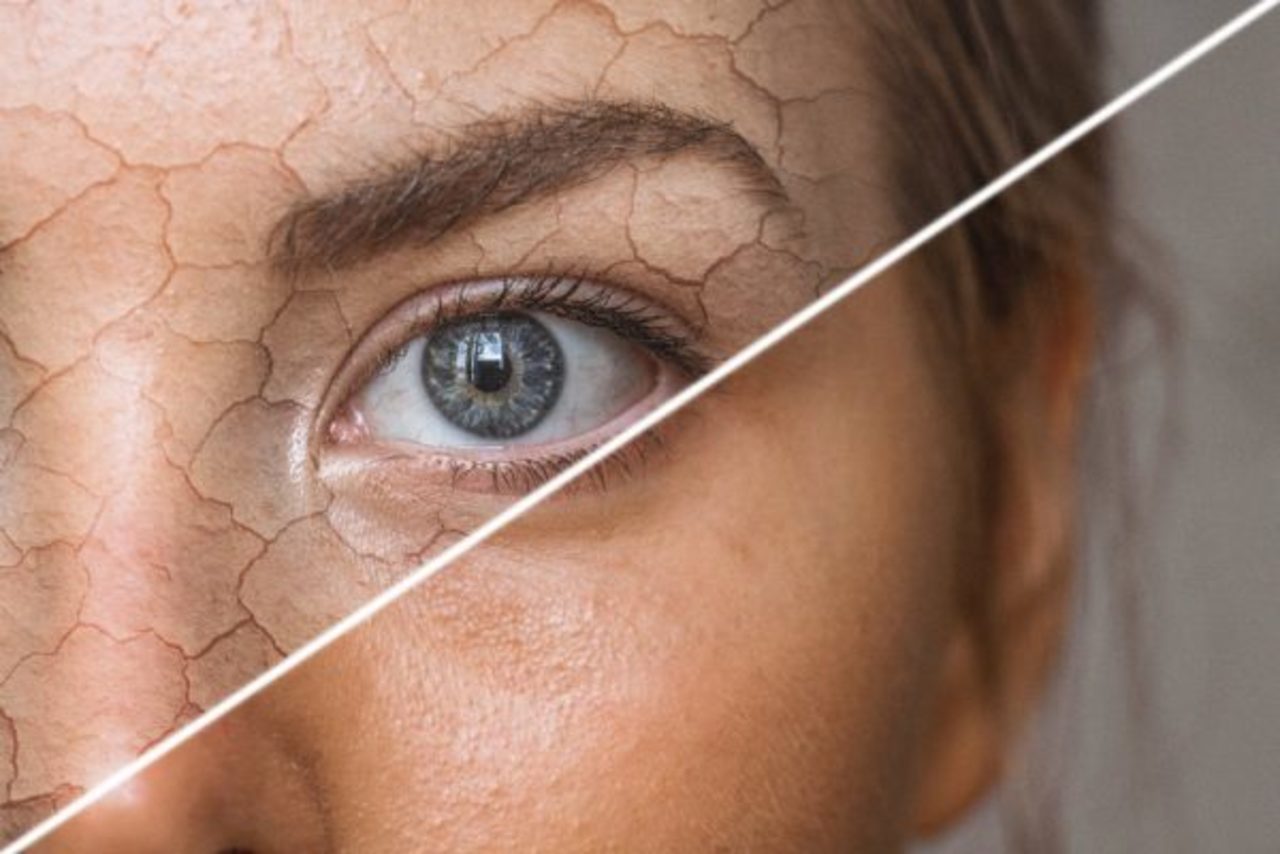 The addition of a natural moisturizing factor (NMF), such as urea, also helps restore it.
The addition of a natural moisturizing factor (NMF), such as urea, also helps restore it.
Moisturizing dry body skin
Dry skin is caused by three pathogenic mechanisms: a violation of the hydro-lipid mantle, a lack of intercellular lipids, and a violation of the distribution of moisture in the skin. The Eucerin UreaRepair line of products addresses these three factors:
- urea and 17 other natural moisturizing factors improve stratum corneum hydration and restore the water component of the hydro-lipid mantle;
- ceramides restore intercellular lipids and the protective skin barrier that prevents transepidermal water loss;
- glyco-glycerol stimulates aquaporins – channels through which moisture is distributed in the skin.
It is important to follow the rules of care and use products suitable for dry skin.
Urea, lactic acid and other NMF (Natural Moisturizing Factor) retain moisture in the stratum corneum (upper) layer of the skin. The minimum concentration of urea for basic daily care for dry skin is 5%. For very dry skin with flaking and itching, 10% urea is needed, and for rough skin – 30%. For example, Eucerin UreaRepair 5% Urea Moisturizer contains 5% urea and is suitable for hand and face care. Eucerin UreaRepair Moisturizing Lotion with 10% Urea is ideal for treating flaky and itchy body skin, while Eucerin UreaRepair Intense Repair Cream with 30% Urea is ideal for localized rough areas such as heels, elbows, knees and other areas of hyperkeratosis, such as psoriasis.
The minimum concentration of urea for basic daily care for dry skin is 5%. For very dry skin with flaking and itching, 10% urea is needed, and for rough skin – 30%. For example, Eucerin UreaRepair 5% Urea Moisturizer contains 5% urea and is suitable for hand and face care. Eucerin UreaRepair Moisturizing Lotion with 10% Urea is ideal for treating flaky and itchy body skin, while Eucerin UreaRepair Intense Repair Cream with 30% Urea is ideal for localized rough areas such as heels, elbows, knees and other areas of hyperkeratosis, such as psoriasis.
Limiting the influence of factors contributing to dryness
In addition to proper daily cleansing and moisturizing, it is important to limit the influence of factors that contribute to increased skin dryness:
It is not recommended to use aggressive soaps that deprive the skin of its natural lipid layer.
– avoid exposure to dry outdoor air in hot and cold weather and use humidifiers in a heated room;
– Reduce water contact time by taking quick warm showers instead of long hot baths;
– use gloves when washing dishes. This will avoid exposure to hot water and aggressive detergents on the thin skin of the hands;
This will avoid exposure to hot water and aggressive detergents on the thin skin of the hands;
– Wear natural materials such as cotton and silk that do not irritate the skin. Wool is also a natural material, however, it can cause irritation and itching, so it should be avoided;
– use hypoallergenic detergents for washing clothes intended for washing children’s clothes, they do not contain aggressive alkaline surfactants;
– Drink at least 30 ml of pure water per 1 kg of body weight.
Edited by
Anastasia Timoshkina
Training Manager, Eucerin Brand Expert
Related items
Home / Information / Articles August 08, 2008 09:00 Foot care for dry skin Dry skin has less elasticity and is therefore less protected from external influences. Impaired skin defense Most people tend to underestimate the problem of dry skin. Dryness of the skin of the foot is the first sign of a violation of the protective function of the skin, which, in addition to a purely cosmetic defect, can lead to a significant deterioration in the mechanics of walking in the future. Visible defects (too strong keratinization or peeling) make many clients, most often women, turn to a podiatrist for help today. Unfortunately, such visits are still subject to seasonality. In winter, when foot care is especially important, clients come less often. If no action is taken, the keratinization of the skin increases, it becomes less elastic, taut, resulting in creases, abrasions, deep and very painful cracks. In such cases, the treatment of cracks helps, which can only be trusted to a professional podiatrist. Patients with diabetes suffer from increased dryness of the skin of the feet. At an early stage of the diabetic foot syndrome, developing diabetic polyneuropathy leads to overheating of the plantar areas of the feet, a decrease in sweating, and thereby a decrease in the relative humidity of the skin. Previously, the dryness of the skin resulting from the above factors was interpreted as a lack of fat in it. Patients were prescribed high-fat care products, which turned out to be unreasonable; in addition, according to many patients, using creams with a high fat content is unpleasant, so they refused treatment altogether. After the underlying physiological mechanism of the disease was revealed, the therapy strategy was changed. Today, instead of traditional fatty creams, mainly water-oil emulsions are used, as well as moisturizers, in particular those containing urea preparations. Due to this, the hydration of the stratum corneum is significantly improved, and patients feel more satisfied with the results of the treatment. Due to a metabolic disorder, the limbs (in this case, the feet) are poorly supplied with blood, which immediately affects the skin. The “risk group” also includes patients with neurodermatitis, eczema or allergies. In the practice of dermatology, the treatment of patients with plantar psoriasis Psoriasis pustu-losa (a purulent variety of psoriasis) is especially problematic, since the therapeutic effect of antipsoriatic drugs (for example, vitamin D analogs, corticosteroids, tar) is quickly reduced to nothing due to specific irritation of the skin of the foot when wearing shoes (heat, sweat, scuffs). It is difficult to find well-tolerated preparations that simultaneously protect the skin during the day. This is due to the fact that the skin of the foot is most often dry, thickened due to hyperkeratosis, while on the arch it is rather moist, thin, covered with weeping vesicles or pseudopustules. Many patients therefore refuse to use medicated creams during the daytime and limit themselves to applying them in the evening. In other words, the feet remain, so to speak, left to their own devices during the day, and the effect of such treatment is often not satisfactory. Thus, the key point in the effective treatment of foot psoriasis is the use of adequate drugs in the daytime, which improves the medium-term treatment results. We draw your attention to the new foaming foot skin care products. They are quickly absorbed and are suitable for the most sensitive skin of the legs, especially for clients from the “risk group”. Age also plays an important role. Clients complain that in their youth their legs always looked flawless, and only over time they began to worry about the growing dryness of the skin. Proper care – step by step Today there are many modern cosmetic products for foot care. In general, foot care at home has recently become of particular importance, so regular daily procedures help prevent cracks and other consequences. In the case of extremely dry skin, foot care should begin with a special peel. The cosmetic industry offers a wide range of products specifically designed to exfoliate the skin of the feet. By removing dead skin particles, peeling prepares it for subsequent treatment procedures. Peeling goes well with foot baths. For dry skin, baths with special caring additives (oil plant extracts) are recommended, which do not dry out the skin. After the bath, the keratinized skin is removed. On areas of the skin where, after removal of keratinization, it quickly grows again, a special long-acting oily cream for cracks should be applied, softening and restoring skin elasticity. The treatment ends with the application of a customized foot cream. For dry skin, creams with macadamia nut, grape seed, jojoba oils, vitamins E and F are especially good. For classic foot care, skin moisturizers that combine oil preparations and products that include urea of various concentrations have proven themselves to be excellent. Aroma oils Aroma oils are widely used to treat dry skin. In conclusion, another extremely effective procedure should be mentioned – paraffin baths, which give surprisingly fast and long-term positive results. | |||
| |||


 Usually, the skin responds to increased friction by forming a stratum corneum, the thickness of which increases, especially in areas subjected to strong friction, compression, i.e. usually on the heels, sole, under the metatarsal joints and along the perimeter of the sole. Friction on the instep of the foot produces leathery, scaly patches that are hard and inelastic to the touch.
Usually, the skin responds to increased friction by forming a stratum corneum, the thickness of which increases, especially in areas subjected to strong friction, compression, i.e. usually on the heels, sole, under the metatarsal joints and along the perimeter of the sole. Friction on the instep of the foot produces leathery, scaly patches that are hard and inelastic to the touch. :max_bytes(150000):strip_icc()/GettyImages-638453120-bcb207a416ec429f8be971aa178a92e7.jpg) And only in the summer, worried about the increased dryness of the feet, the clients finally find time to look into the podology room. In addition, modern fashion forces ladies to wear open, filigree shoes that place high visual demands on the foot.
And only in the summer, worried about the increased dryness of the feet, the clients finally find time to look into the podology room. In addition, modern fashion forces ladies to wear open, filigree shoes that place high visual demands on the foot.
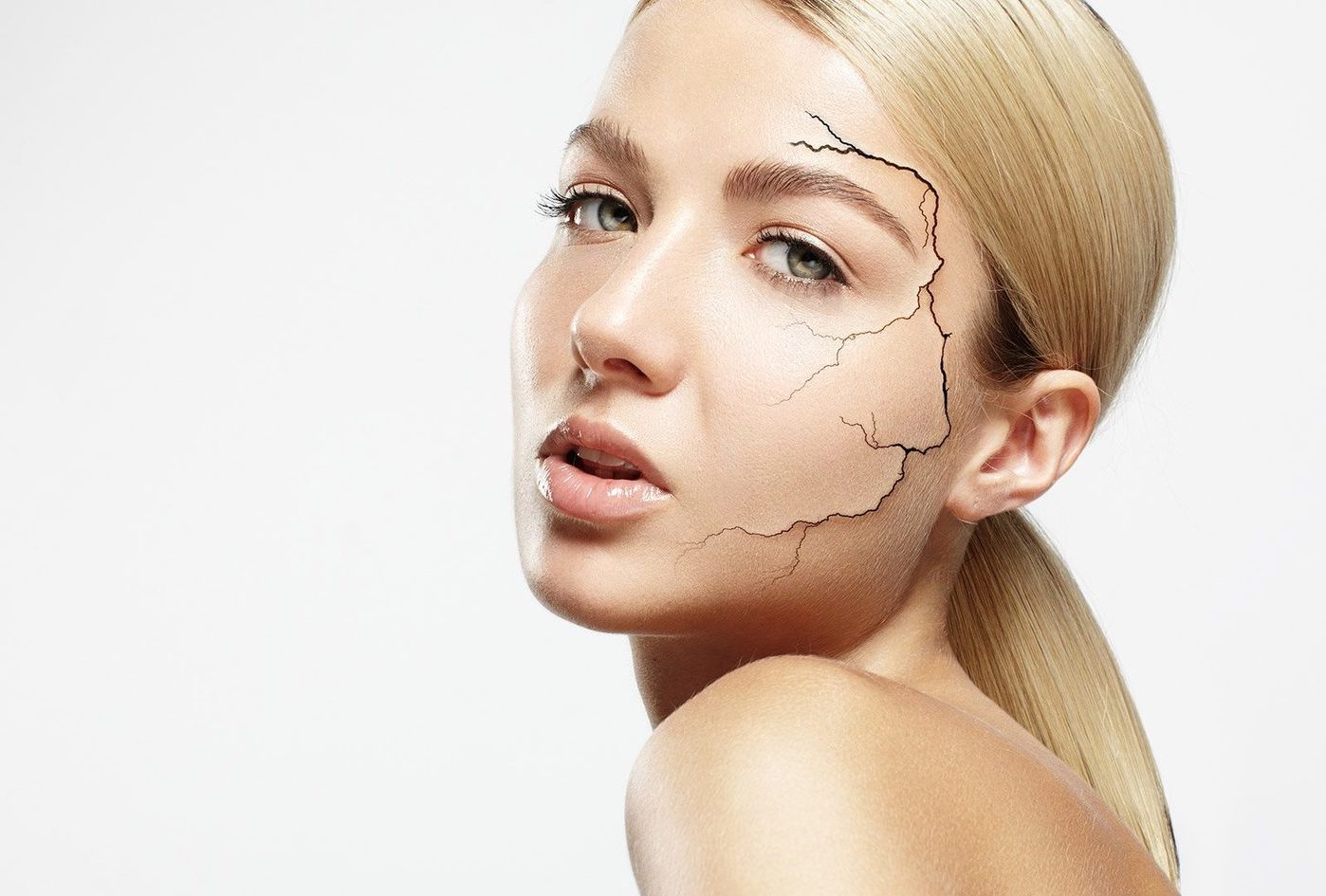
 This suggests that aging skin requires more thorough care. A visit to the podiatrist becomes necessary twice a month. Working with such clients requires more time, attention and patience. Recommendations for home care are required. This will facilitate the work of the master and improve the well-being of the client.
This suggests that aging skin requires more thorough care. A visit to the podiatrist becomes necessary twice a month. Working with such clients requires more time, attention and patience. Recommendations for home care are required. This will facilitate the work of the master and improve the well-being of the client. The last rule is especially important for diabetics. The duration of foot baths should not exceed a few minutes with increased dryness of the skin. If cracks or wounds have already appeared on the skin, it is recommended to add preparations with panthenol or bisabolol to the baths. We invite you to choose the right bath product by reading the Market Overview section.
The last rule is especially important for diabetics. The duration of foot baths should not exceed a few minutes with increased dryness of the skin. If cracks or wounds have already appeared on the skin, it is recommended to add preparations with panthenol or bisabolol to the baths. We invite you to choose the right bath product by reading the Market Overview section. The industry produces ready-made creams with aromatic oils, you can also mix the oils yourself at home. Oils used for dry skin include patchouli, sandalwood and myrtle. True, not every client likes the intense smell of patchouli and sandalwood, which must be taken into account. If the client tolerates the smell of patchouli, then this highly effective cream should be used.
The industry produces ready-made creams with aromatic oils, you can also mix the oils yourself at home. Oils used for dry skin include patchouli, sandalwood and myrtle. True, not every client likes the intense smell of patchouli and sandalwood, which must be taken into account. If the client tolerates the smell of patchouli, then this highly effective cream should be used.